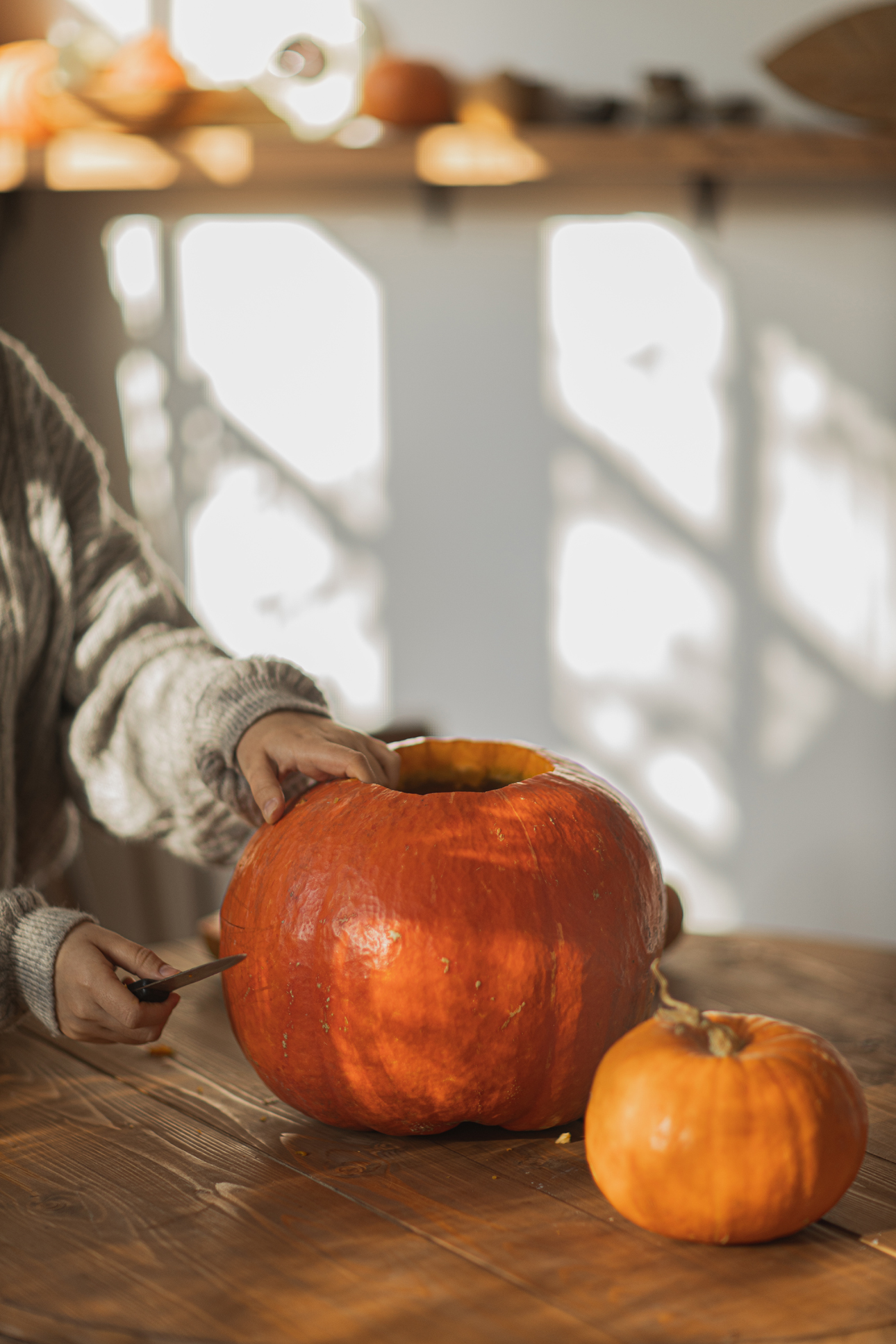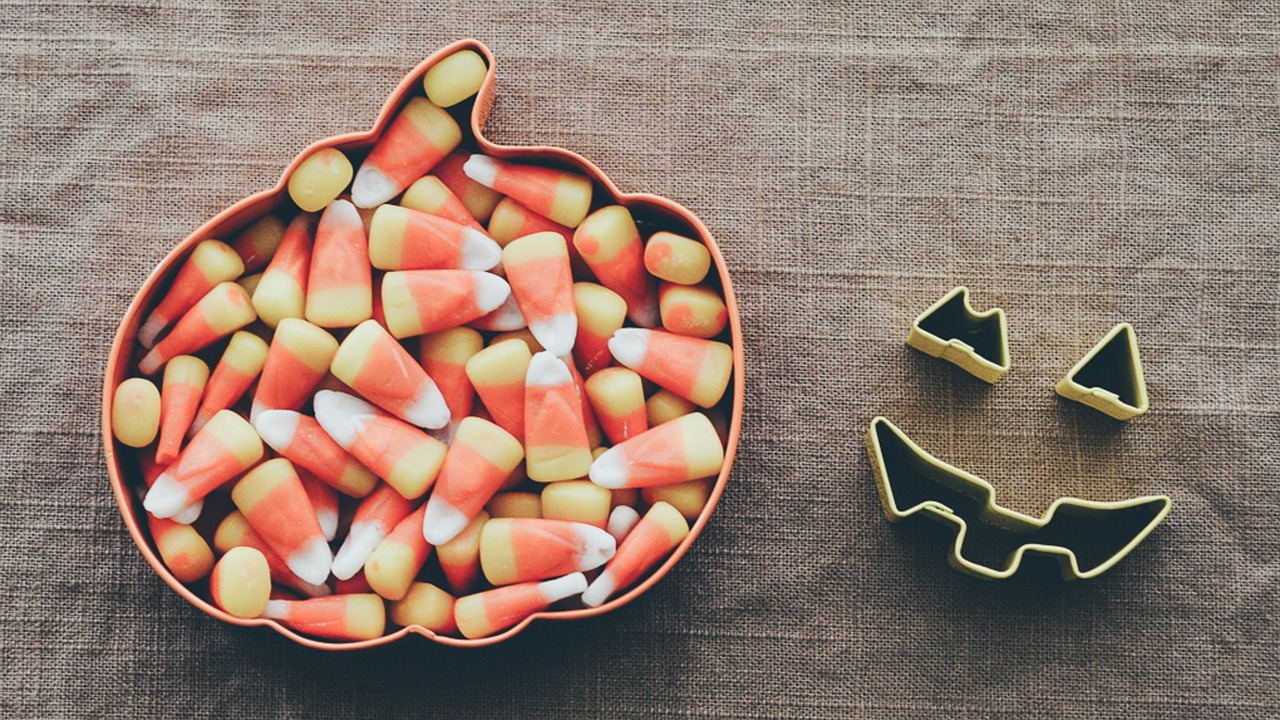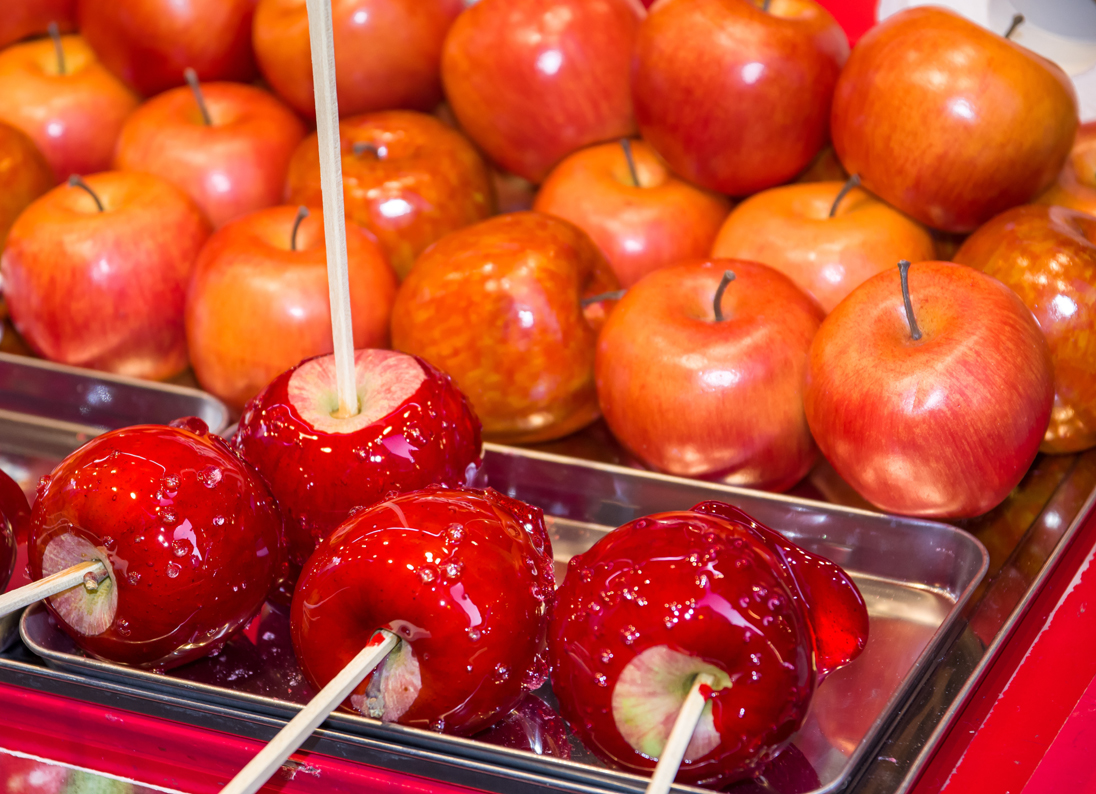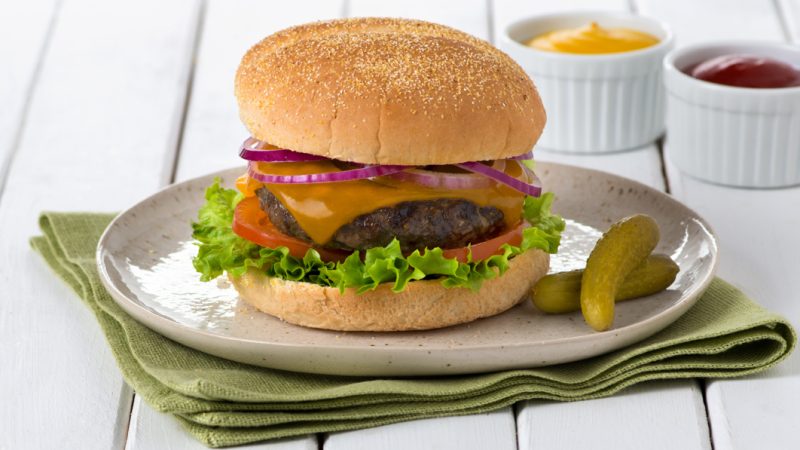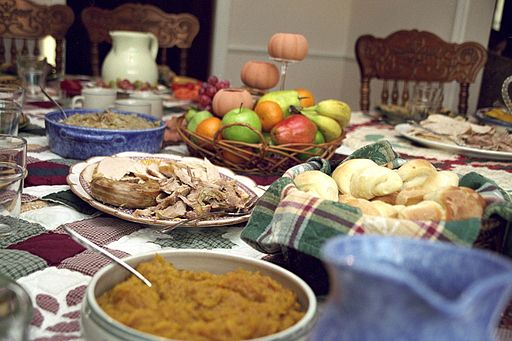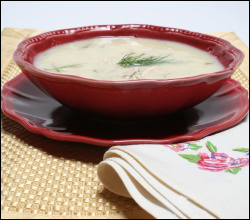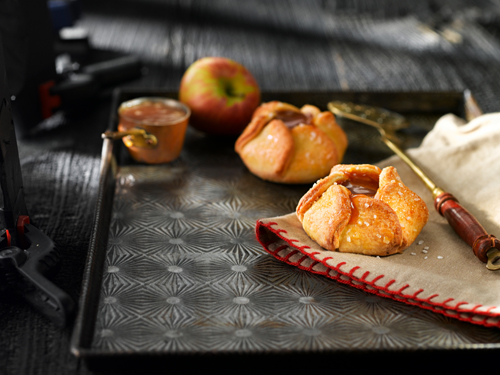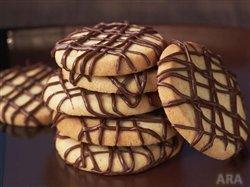Wood Plank Cooking
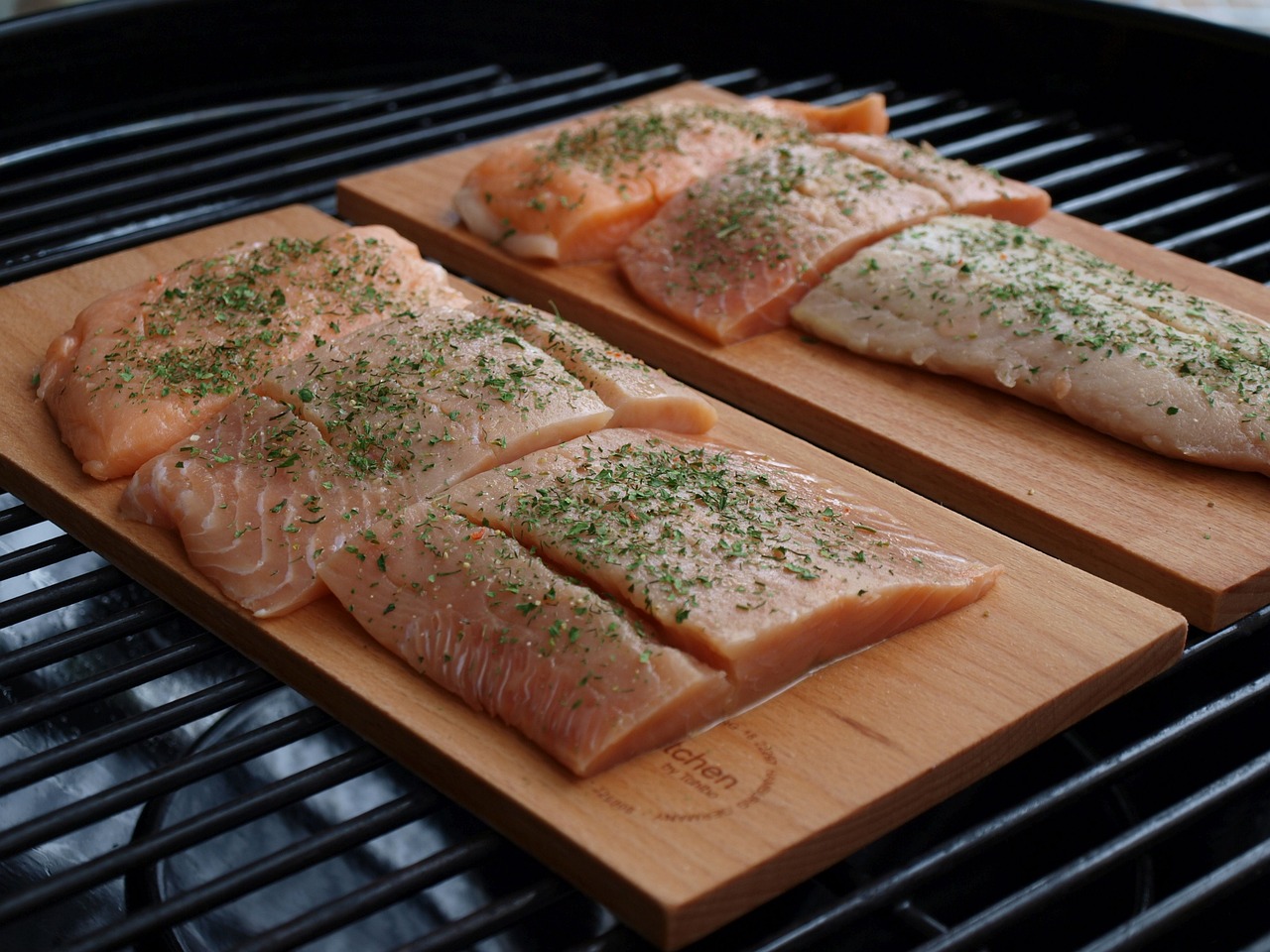
The concept of cooking using wood planks has been mastered by through history. It was the Native Americans who introduced this way of cooking and it has been passed on from generations to generations.
Cooking on top of wood planks gives your food a special taste and aroma that no metal grilling can ever replace. The smoke that comes out from the wood gives it added zest and tang. The most common wood being used is cedar but other types of wood that smokes would do the trick. You can substitute oak or cherry if you cannot find cedar wood.
Steps on How to Cook Using Wood Planks
1) It is very important that you drench your wood planks in water. Minimum time of soaking the planks is one (1) hour or overnight is even better. Make sure that the planks are totally submerged into the water. Using warm water is ideal since it opens up the wood’s pores.
2) Get all your grilling equipment and food ready. Once everything is all set, take out your wood planks. Wipe it with a clean cloth or towel. Pre-heat to medium heat. You may brush a very thin layer of cooking oil (you can use olive or canola oil) onto the wood plank.
3) After you have preheated the wood, put your fish or meat and place it back.
4) Never attempt to flip your food or opening your plank often because doing so lessens the smoke from the plank and it lessens the flavour of your food.
5) Use a spray bottle with water to put out any flare ups that the wood plank would develop.
6) Remove the dish as soon as it done already or ready to serve.
Facts and Tips about Wood Plank Grilling
1) The Cedar wood, after so many trials, has been found to be the most flavorful and appetizing.
2) It is better not to reuse an old wood plank if it has been charred already.
3) Wood plank grilling is best for food that cooks slowly so that the smoke can deeply penetrate the food. You may try large cuts of steak and thick fish fillets such as salmon.
4) You can experiment on different types of wood so that you will have a variety of flavors to choose from next time.
5) Try different types of flavored oils and rub spices to the board.
The Author:
Gary House is the founder of Central California Dutch Oven Adventures and the host of Cooking-Outdoors.com who loves cooking outdoors with his Dutch oven for many years now. He has fun looking for innovative ways of outdoor cooking in what he calls “his adventures” and would love to share these adventures with everyone. For more information on product reviews, outdoor cooking recipes and techniques, please visit our website at: http://www.cooking-outdoors.com

